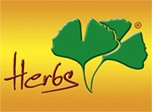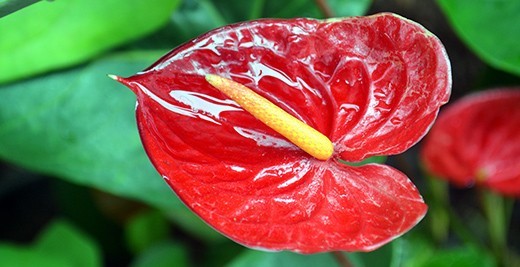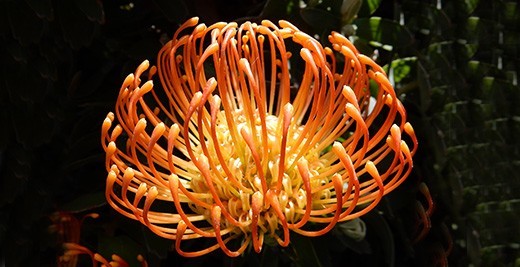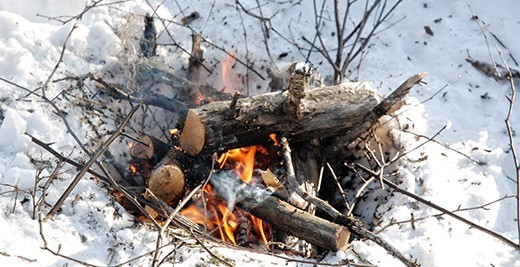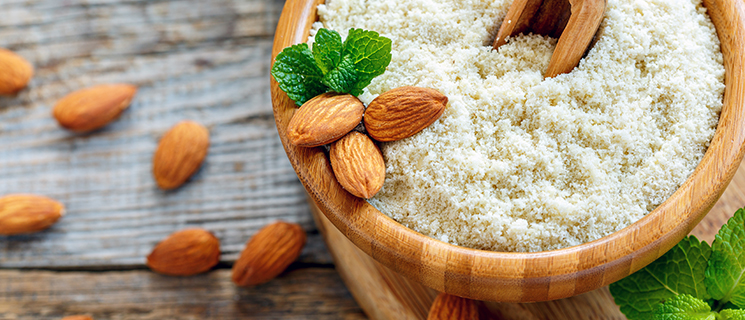
We encounter gluten every day. At breakfast, eating a crunchy roll. At the lunch, even if they put in front of us a pasta itself or a salad with dressing. At dinner, when we plate dumplings, take a sip of beer or just a slice of salami. If our body responds with nausea, our celiac disease - an allergy to gluten has manifested in us. How can we imagine what that would be exactly and what is the way of dealing with it?
From the perspective of Western medicine
Gluten allergy (also celiac disease or gluten enteropathy), is a lifelong autoimmune disease. The disease manifests itself in genetically predisposed individuals after ingestion of gluten, which is a mixture of proteins to be found in some cereals. Especially we bump into gluten (literally) in wheat, barley and rye, but for some people with allergies also oat can pose a problem.
The allergic reaction is generally a fast-paced. By repeated consumption of gluten, an allergy sufferer can bring about allergic inflammation of the intestinal mucosa, for which they cannot adequately absorb nutrients from food. This creates indigestion (malabsorption), which can lead not only to (not) mild digestive disorders, but also to serious conditions of anaemia, chronic fatigue, or to repeated abortions. Also other health problems that we would not associate at first glance with gluten allergy may be its direct consequence. Whether these are asthma, eczema, decreased immunity or Crohn's disease.
Gluten is contained mainly in bread and pasta, but we encounter it in a number of "unexpected foods" (ham, chocolate, soy sauce, ...). Therefore, it is necessary always to study carefully their composition (!) . Fortunately, there is now a wide-ranging offer of gluten-free diets, so there is no need to be worried that our body would suffer when "forced" to the lifelong diet. Just you should keep an eye on sufficiency of dietary fibre (you have left out a number of cereals from your diet), which can be provided particularly by vegetables and legumes (mainly rice, millet, buckwheat, corn, and amaranth).
The basic form of therapy is, therefore, careful adherence to gluten-free diet. The intestinal mucosa, therefore, is able to regenerate itself and the body can start again healthy digesting. When starting a gluten-free diet, it is also advisable to omit from your diet for a while cow's milk and dairy products (at least for 4-6 weeks).
From the perspective of TCM
Traditional Chinese medicine looks on gluten allergy (also lactose intolerance and other food allergies), as on energy insufficiency in the spleen meridian. Indeed, the spleen is responsible for digestion and in case of its imbalance, also good absorption of nutrients rests “in the balance“. Not only innate disposition may be underneath the lack of the spleen energy, but also a poor diet, long-term stress, frequent use of antibiotics and hormones (including hormonal contraceptives). All this results in “chilling“ the digestive system, the spleen energy depletion, and disruption of connections between the spleen and the stomach (hence poor digestion of nutrients).
We can cope best with celiac disease according to traditional Chinese medicine, if we combine necessary diet with appropriate mixture of herbs:
1. Strengthen the spleen
If our spleen is weakened, it is no need to meditate or to tear up. Job's tears is the most appropriate herb because it can not only strengthen the spleen, but also the kidneys and the lungs (so it does not burn our reservoir of energy stored in the kidneys), and to eliminate harmful substances from our body (especially in case of hot toxins, phlegm and humidity) as well.
- Dry the damp
A. Support urination
Such foodstuffs are the best that significantly support urination without damaging the kidneys (compare the effects of chemical drugs - especially diuretics). Specifically: corn, garlic, millet, soya beans, and adzuki beans.
B. Desiccate fluids from the tissues of the body
Besides the above-mentioned Job's tears, suitable sources of desiccation are hyacinth beans and broad beans (also called fava beans or yardlong beans).
3. Cool or warm the body according to your physique
First, we need to find out, if your constitution is rather a combination of Damp and Cold or Damp and Heat. If you do not know, you'll find it easily and for free by completing the Test of Good Diet.
A. DAMP/HEAT Type – cool body by excluding damp
Preferably we cool the body when we consume enough mung beans and courgette. In addition, mung beans have also excellent detoxifying (blood cleansing) effect and significantly help treat skin during inflammations and eczemas.
A. DAMP/COLD Type – warm the body by excluding damp
Here is the appropriate to eat foods that warm up our body and have a strong and sweet taste - thus, fresh ginger and ground cinnamon (but not cinnamon sugar, chocolate, etc.!). Their hot energy heats our body from which it begins to evaporate more damp. Strong flavour results in sweating, which again removes moisture from the body. And finally, the sweet component of these foods helps excretion of urine. Plainly, our body warms up one poem!
